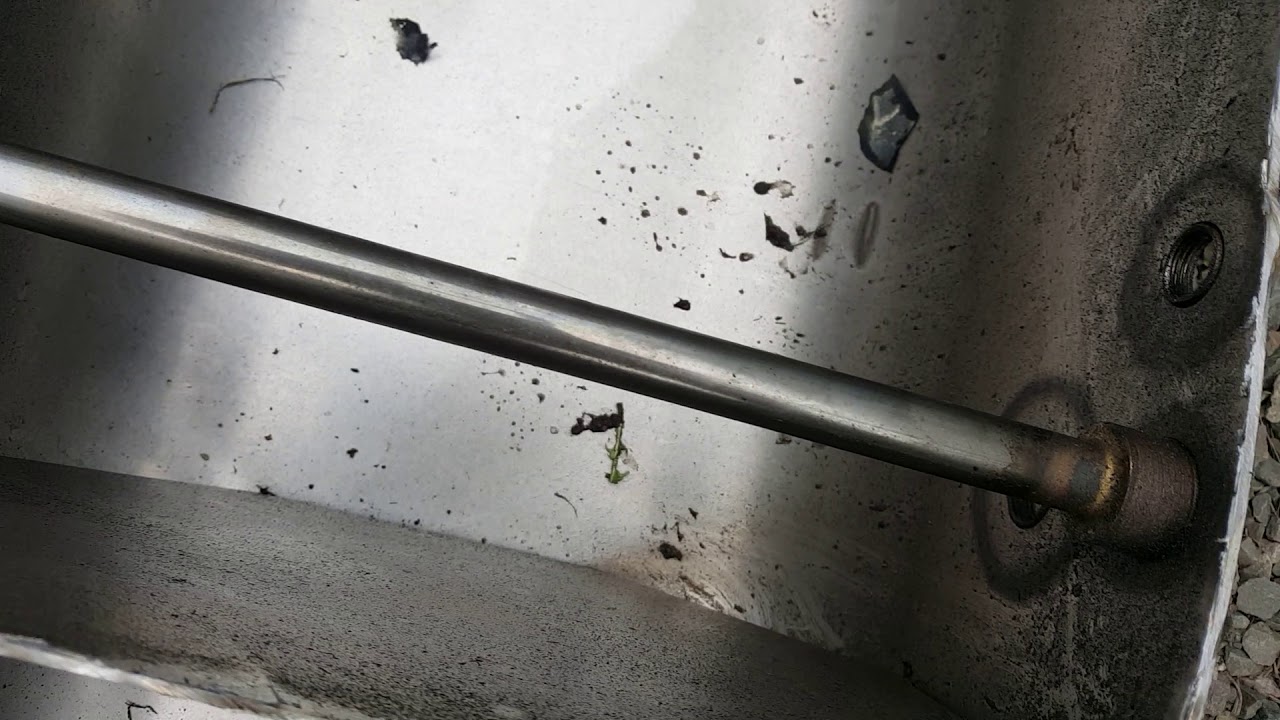At first you might think a video about a diesel engine fuel tank cut in half sounds pretty boring but sometimes the simple stuff can become complicated. I would like to share one of the strangest problems I have ever experienced. A 2005 Freightliner school bus with a Mercedes diesel engine quit on the road one day. We went out to check it out and eventually it started up again road tested fine ran like a dream and the problem was never found.
Forward 2 weeks later and the same thing happened. The engine died on the road during a run. This time we brought it in to the shop and started troubleshooting this strange occurrence a little deeper. Intermittent break downs are difficult to figure out so finally after checking out pressures and specs we decided to remove the fuel tank and check out the contents. What we found was a first. The rubber grommet on the fuel access door had fallen off and fell in to the fuel tank and over time swelled up the size of a golf ball.
This sponge like ball would float around in the tank and eventually plug off the fuel pick up tube since there is a negative pressure (suction) from the fuel transfer pump. When the engine was not running the ball would unplug the suction tube and the engine would run normally until the next time. This was one for the records confirming that checking the source is paramount when there is a problem on a diesel engine.
The fact is this basic vessel that holds the fuel is one of the most important components of any diesel engine fuel system. If there is any interruption in the flow of fuel to or from the injection system you’re going to have trouble. I have heard stories… about a fuel pump being replaced or time being wasted checking for fuel after the tank before realizing the fuel tank was empty due to false reports by the operator or assuming the fuel tank has fuel.
When troubleshooting a diesel engine issue the first step is to check the source I.E. fuel tank. The suction tube supplies the primary fuel filter drawn through the fuel plumbing by the fuel transfer pump. This vacuum changes to pressure once the fuel flows through the pump which flows through the secondary fuel filter then to the fuel injection system. This is basic information that you can carry with you and use the next time you have a diesel engine that does not run.







